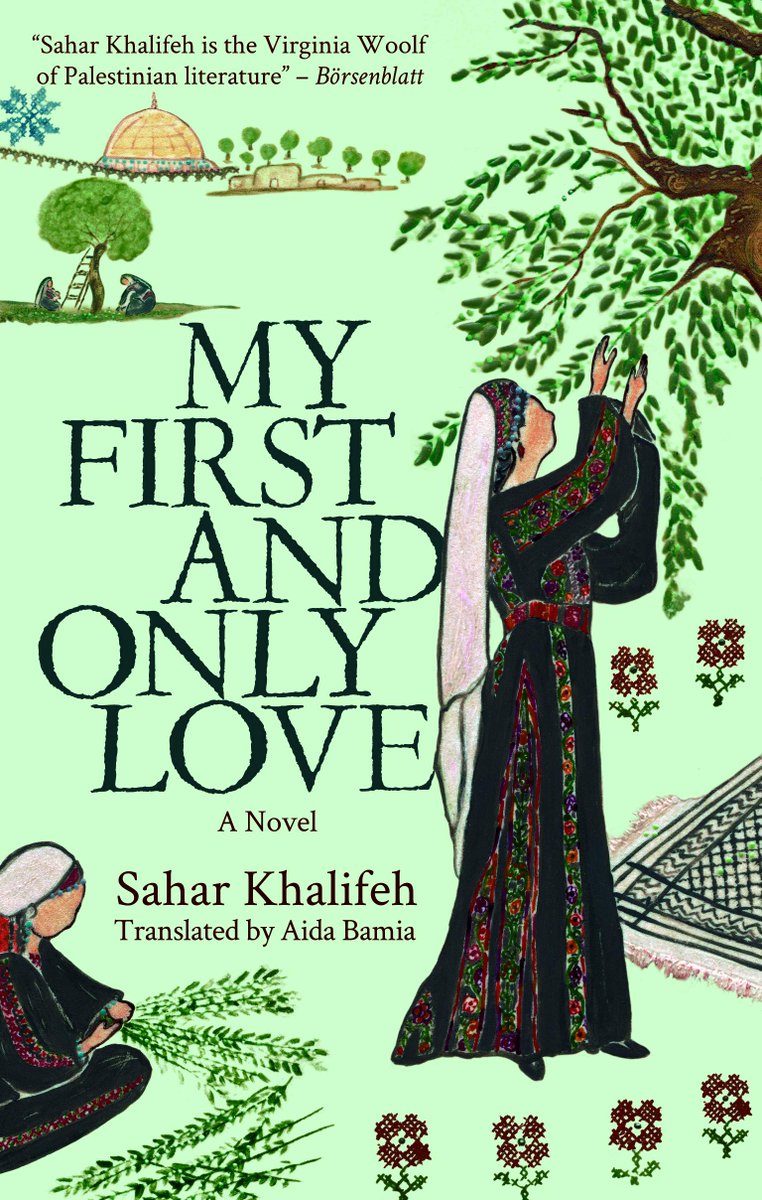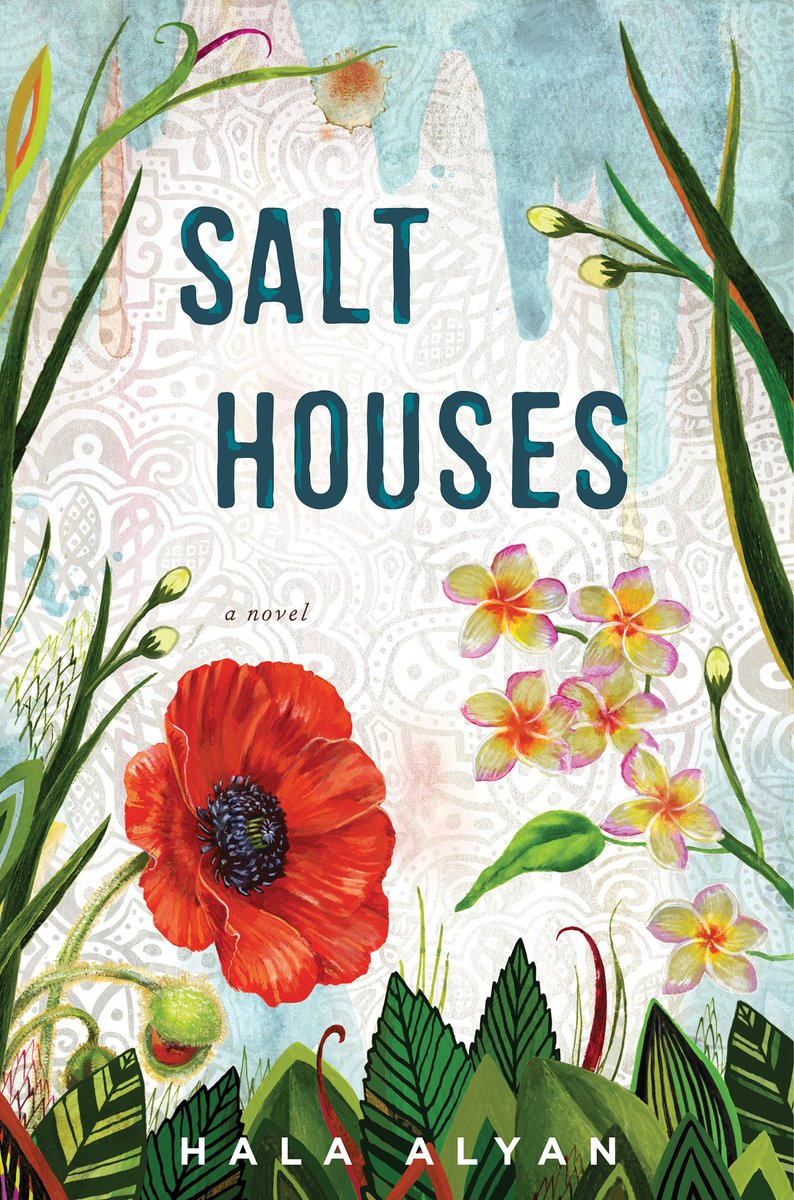#Tolkien in a letter to Christopher, 7-8 November 1944: "I coined the word eucatastrophe: the sudden happy turn in a story.... It produces its peculiar effect because it is a sudden glimpse of Truth...a sudden relief as if a major limb out of joint had suddenly snapped back." 

Tolkien described the feeling after listening to a sermon with daughter Priscilla (Prisca) in St. Gregory's. He also met an old vagrant in rags with a tin can, gazing into the distance in some rapt thought, "Looked a great deal more like St. Joseph than the statue in the church."
I love this letter because, when he used words like "as if a major limb out of joint had suddenly snapped back" and "it comes from those places where Joy and Sorrow are at one, reconciled," I feel like he put into words what I understood deeply but found it hard to explain.
• • •
Missing some Tweet in this thread? You can try to
force a refresh





















